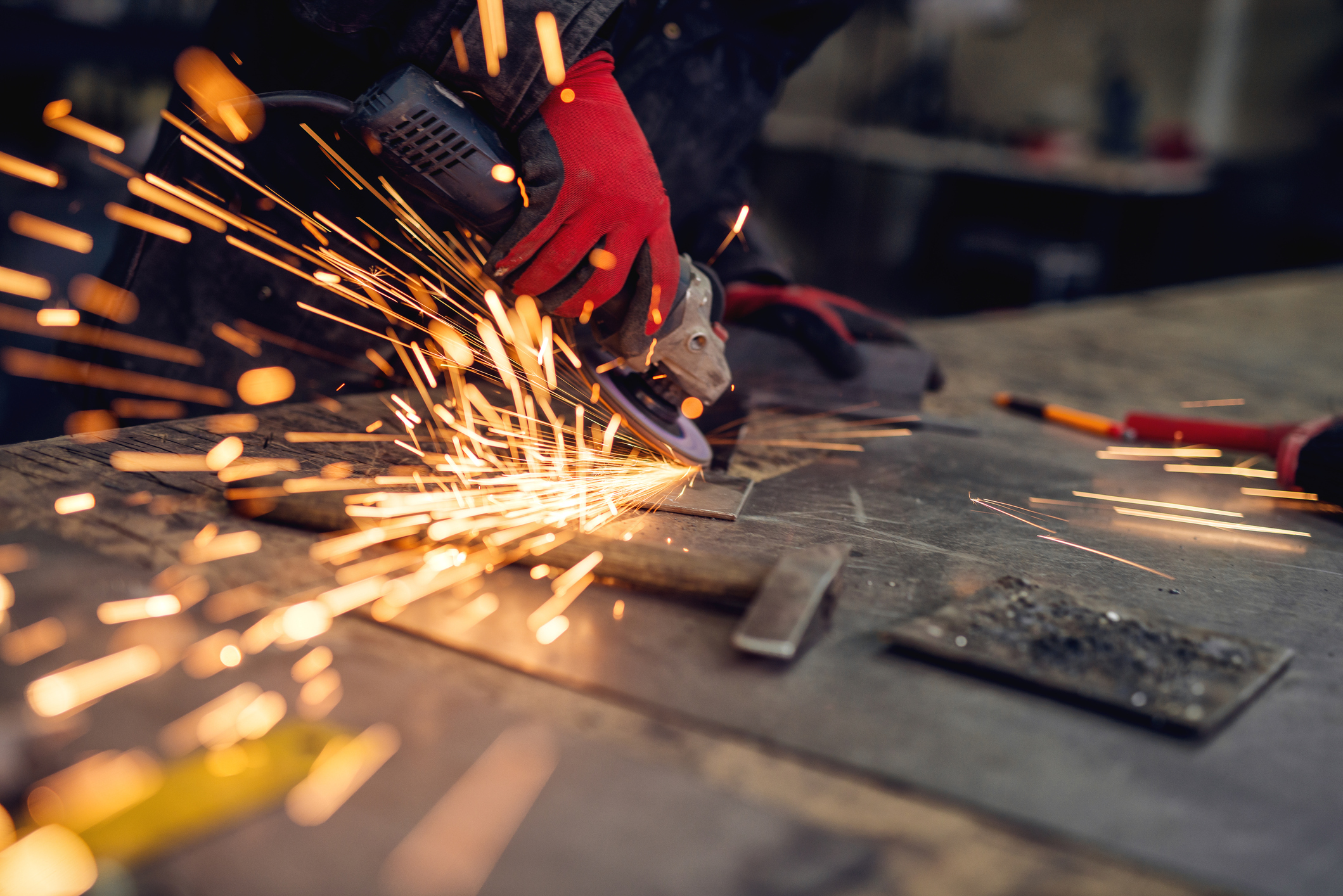
You are surrounded by so much excellent material that you take its greatness for granted. Have you ever taken a good look at the steel structures that house our churches, schools, and fire departments? These massive steel girders are frequently ignored since they mix nicely with their surroundings. Every day, you come into contact with metal objects. Metal can be found in automobiles, buildings, and sculptures. Every person’s existence revolves around metal manufacture. Steel and iron are far more dependable and secure than wood.
This essay is intended for those who are unfamiliar with metal. This article will explain how metal is generated as well as the procedures involved in machine structure fabrication in Johor.
To begin, what exactly does metal manufacturing entail?
Metal fabrication is the process of transforming metal forms into finished products. Fabrication is required for both small metal mixing bowls and large metal cement mixing machines. Metal forming, cutting, bending, welding, and finishing are all examples of metal manufacturing.
What are the many metal manufacturing types?
Metal fabrication is divided into three categories: structural, industrial, and commercial. Structural fabrication is the process of creating bridging and building components. Industrial fabrication includes the creation of processing and support equipment for industrial usage. Commercial metal fabrication produces the majority of metal objects purchased by customers.
What are the stages that are used when cutting metal?
There are two techniques to cut metal. Sharp blades rubbing up against metal is one technique. Occasionally, however, the metal is simply cut away entirely. Shearing is the process of putting a lot of pressure on a tiny region until the metal breaks or fractures. It works similarly to a huge pair of scissors, and the procedure is consistent. Metal removal, on the other hand, can be accomplished using abrasives, electric arcs, laser beams, or flames. These are all common metal-cutting techniques. Abrasive wheels and cutting torches are popular in the fabrication industry because they are simple to operate and transport. Water jet beds, plasma tables, and laser cutters are examples of stationary equipment that produce remarkable results with precise tolerances.
Where would you go to learn the skills needed for fabrication?
The two most prevalent types of metal fabrication training are certified learning centers and on-the-job training. In either case, prior to working in the fabrication business, a person must have a sufficient understanding of the required abilities. Several organizations, like the American Welding Society, the American Institute of Steel Construction, and the American Petroleum Institute, maintain and encourage metalworking capabilities.
Metal fabrication, like any other area, begins with design, the formulation of an idea that will eventually lead to the finished product. Engineers will verify that the materials utilized are of the proper strength when necessary. Following receipt of the designs, the fabrication facility places an order for supplies. Materials will be cut, sculpted, and welded together to create the product based on your design concept. Before each product leaves the plant, workers verify it to ensure it was created correctly for its intended use.


Leave A Comment